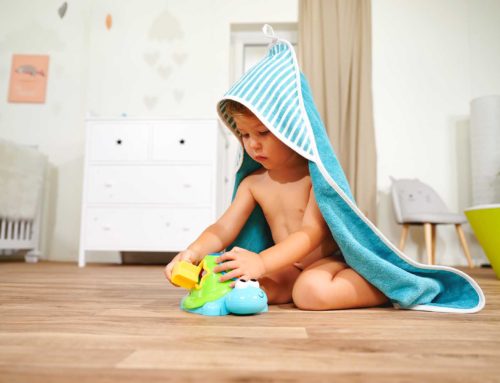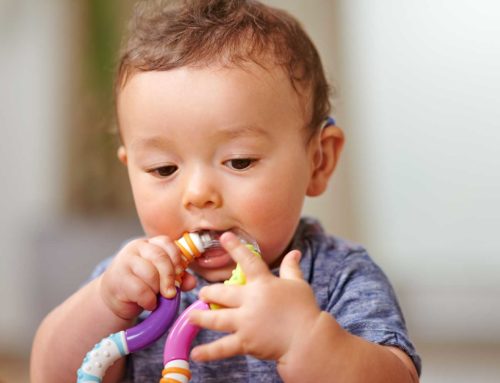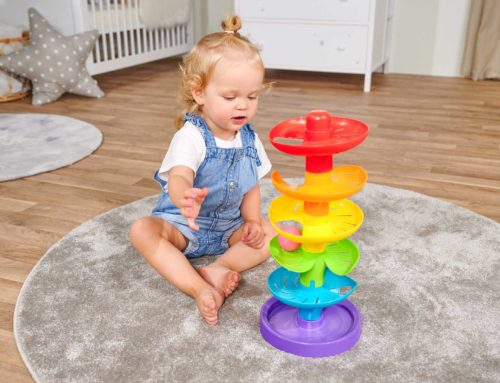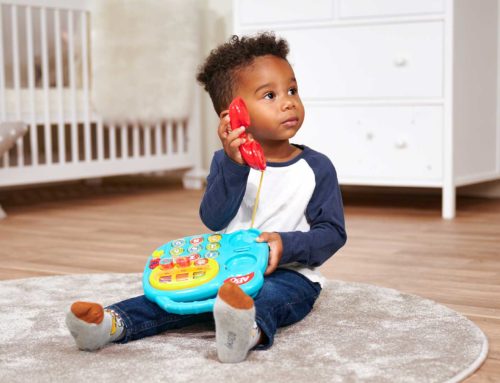Encourage crawling
Babies get mobile quickly! By 7-9 months of age, babies typically begin to crawl, and around their first birthday, many are already beginning to walk. It is essential always to stay close to your baby while they are crawling and learning to walk. Babies know no danger and could all too easily hurt themselves if left unattended.
First crawling on the tummy
When your baby crawls, he moves alternately with his right arm and left leg, then with his left arm and right leg, using both sides of his body equally. The belly remains on the floor.
Crawling on all fours
When crawling, the baby pushes off the floor with his belly and gets on his hands and knees, making the same arm and leg movements as if it were crawling.
Crawling – an essential milestone in a baby’s development
Crawling teaches the baby to use both sides of his body equally, strengthening his arm and leg muscles.
But it is not just about strengthening! The baby learns to use his arms and legs together and coordinates both sides of his body.
Crawling is one of the first activities where the baby uses both hemispheres of the brain simultaneously. Something that is also essential for further development!
Crawling helps babies develop learning patterns, improve visual perception, and even promotes skills like dressing later in life.
Crawling helps the baby build a solid foundation of developmental skills!
Crawling helps develop the strength, balance, and coordination the baby needs to learn to walk independently.
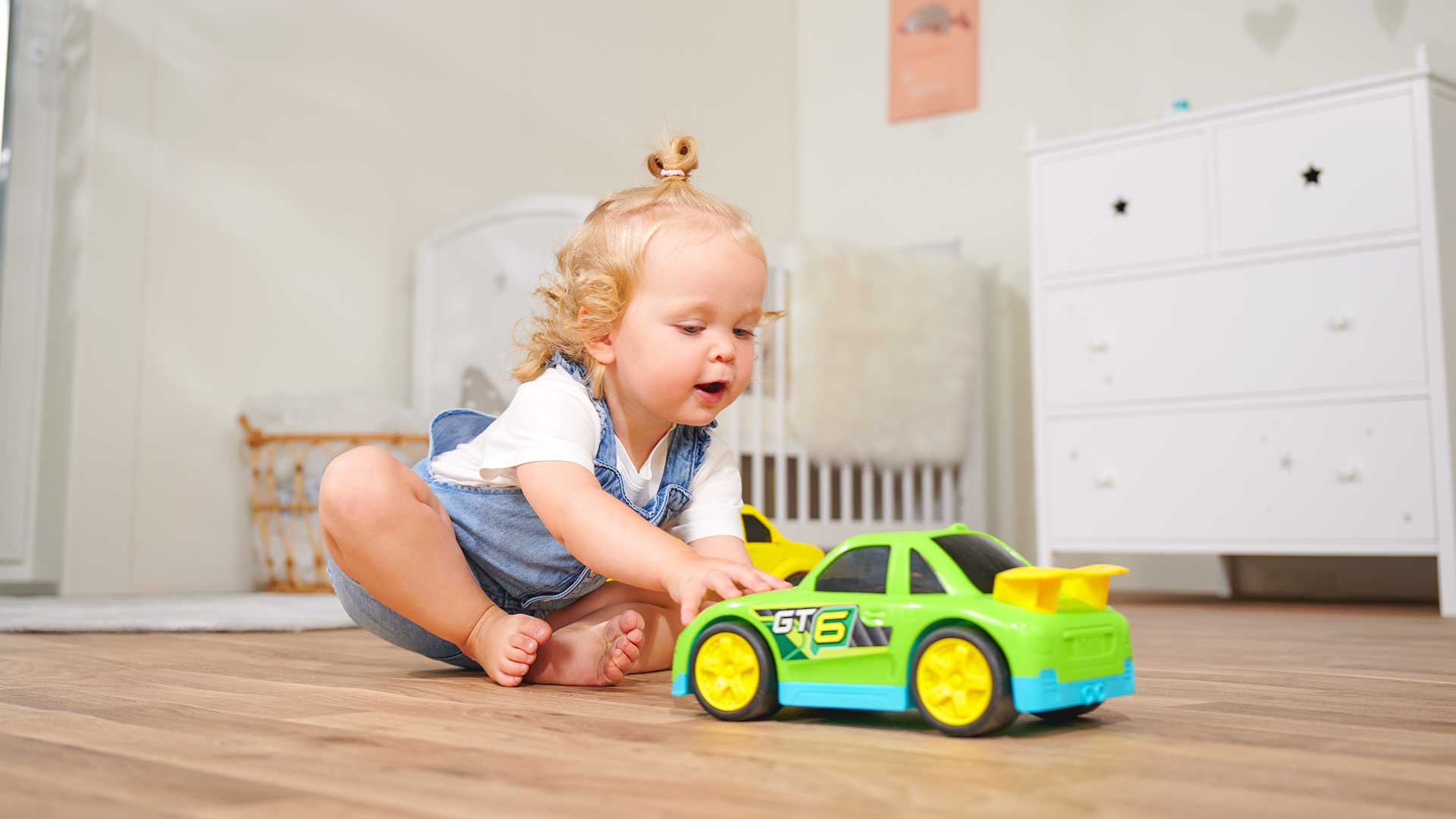
Five ways to encourage crawling
Start placing the baby on their tummy early in life. Tummy time strengthens the baby’s neck, back, and shoulder muscles, preparing them for crawling.
Do gymnastics with your baby.
Sit on the floor with the baby and do push-ups. This will show the baby how you lift yourself off the floor with your arms. When the time is right, your baby will imitate your movements. While doing this, you can support the baby under his chest.
Show your baby how to sway on his hands and knees. Sing a rhythmic song to go with it. Swaying on all fours helps the child balance in this position.
Place toys out of their reach
Once your baby begins to crawl, place his favorite toy in a raised spot. This encourages the baby to look up, lift his head, and lean on his hands and knees to reach his toy.
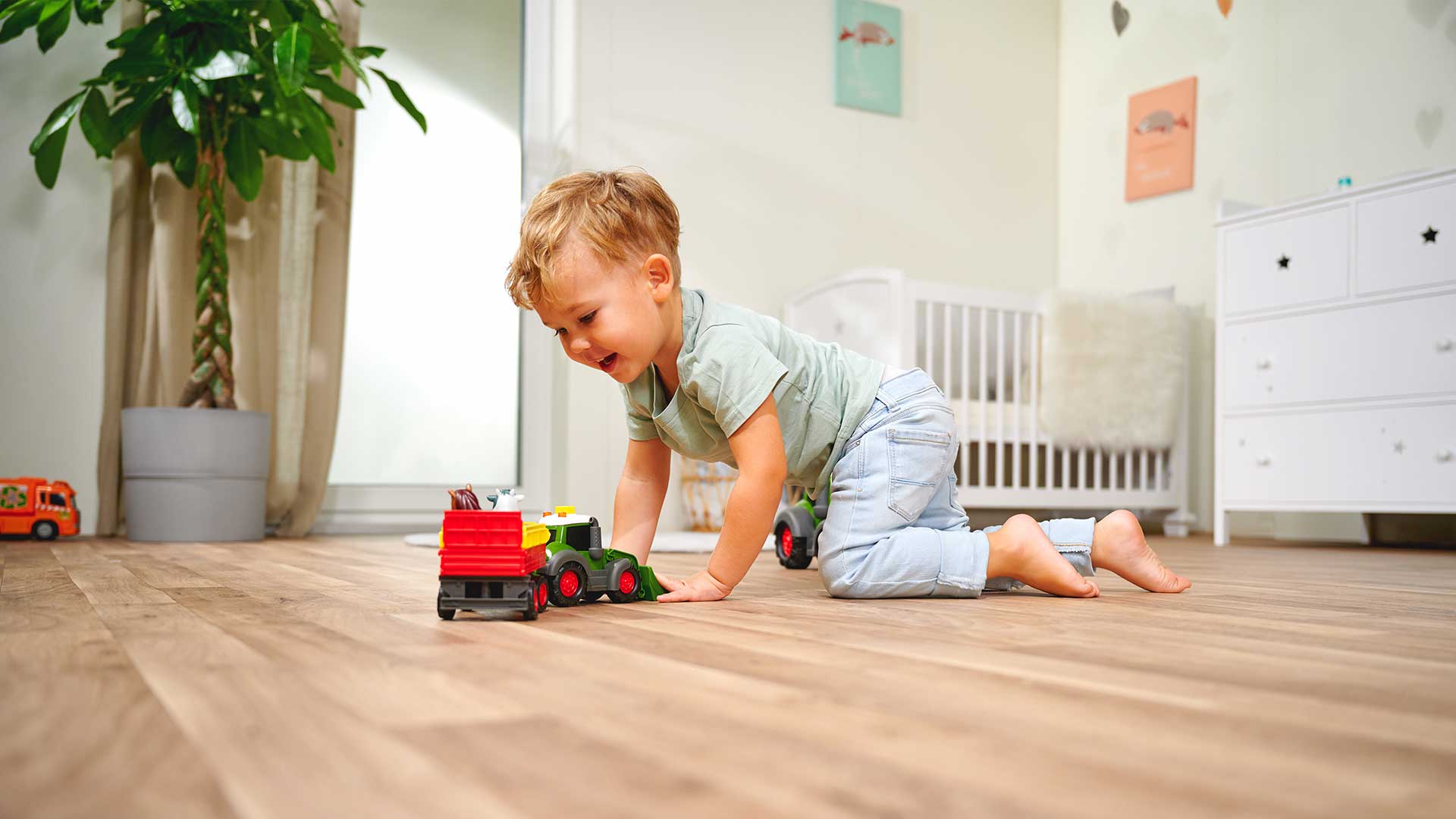

What to do if the baby will not crawl
If your baby is not crawling at seven or eight months, that is no reason to worry yet. There is no solid evidence that babies who start crawling a little older will have developmental problems. If it makes you feel better, take your baby to a pediatrician. Most likely, he will ease your concerns. However, if there are doubts, he will refer you to a specialist.
Babies get mobile quickly! By 7-9 months of age, babies typically begin to crawl, and around their first birthday, many are already beginning to walk. It is essential always to stay close to your baby while they are crawling and learning to walk. Babies know no danger and could all too easily hurt themselves if left unattended.
First crawling on the tummy
When your baby crawls, he moves alternately with his right arm and left leg, then with his left arm and right leg, using both sides of his body equally. The belly remains on the floor.
Crawling on all fours
When crawling, the baby pushes off the floor with his belly and gets on his hands and knees, making the same arm and leg movements as if it were crawling.
Crawling – an essential milestone in a baby’s development
Crawling teaches the baby to use both sides of his body equally, strengthening his arm and leg muscles.
But it is not just about strengthening! The baby learns to use his arms and legs together and coordinates both sides of his body.
Crawling is one of the first activities where the baby uses both hemispheres of the brain simultaneously. Something that is also essential for further development!
Crawling helps babies develop learning patterns, improve visual perception, and even promotes skills like dressing later in life.
Crawling helps the baby build a solid foundation of developmental skills!
Crawling helps develop the strength, balance, and coordination the baby needs to learn to walk independently.

Five ways to encourage crawling
Start placing the baby on their tummy early in life. Tummy time strengthens the baby’s neck, back, and shoulder muscles, preparing them for crawling.
Do gymnastics with your baby.
Sit on the floor with the baby and do push-ups. This will show the baby how you lift yourself off the floor with your arms. When the time is right, your baby will imitate your movements. While doing this, you can support the baby under his chest.
Show your baby how to sway on his hands and knees. Sing a rhythmic song to go with it. Swaying on all fours helps the child balance in this position.
Place toys out of their reach
Once your baby begins to crawl, place his favorite toy in a raised spot. This encourages the baby to look up, lift his head, and lean on his hands and knees to reach his toy.


What to do if the baby will not crawl
If your baby is not crawling at seven or eight months, that is no reason to worry yet. There is no solid evidence that babies who start crawling a little older will have developmental problems. If it makes you feel better, take your baby to a pediatrician. Most likely, he will ease your concerns. However, if there are doubts, he will refer you to a specialist.

